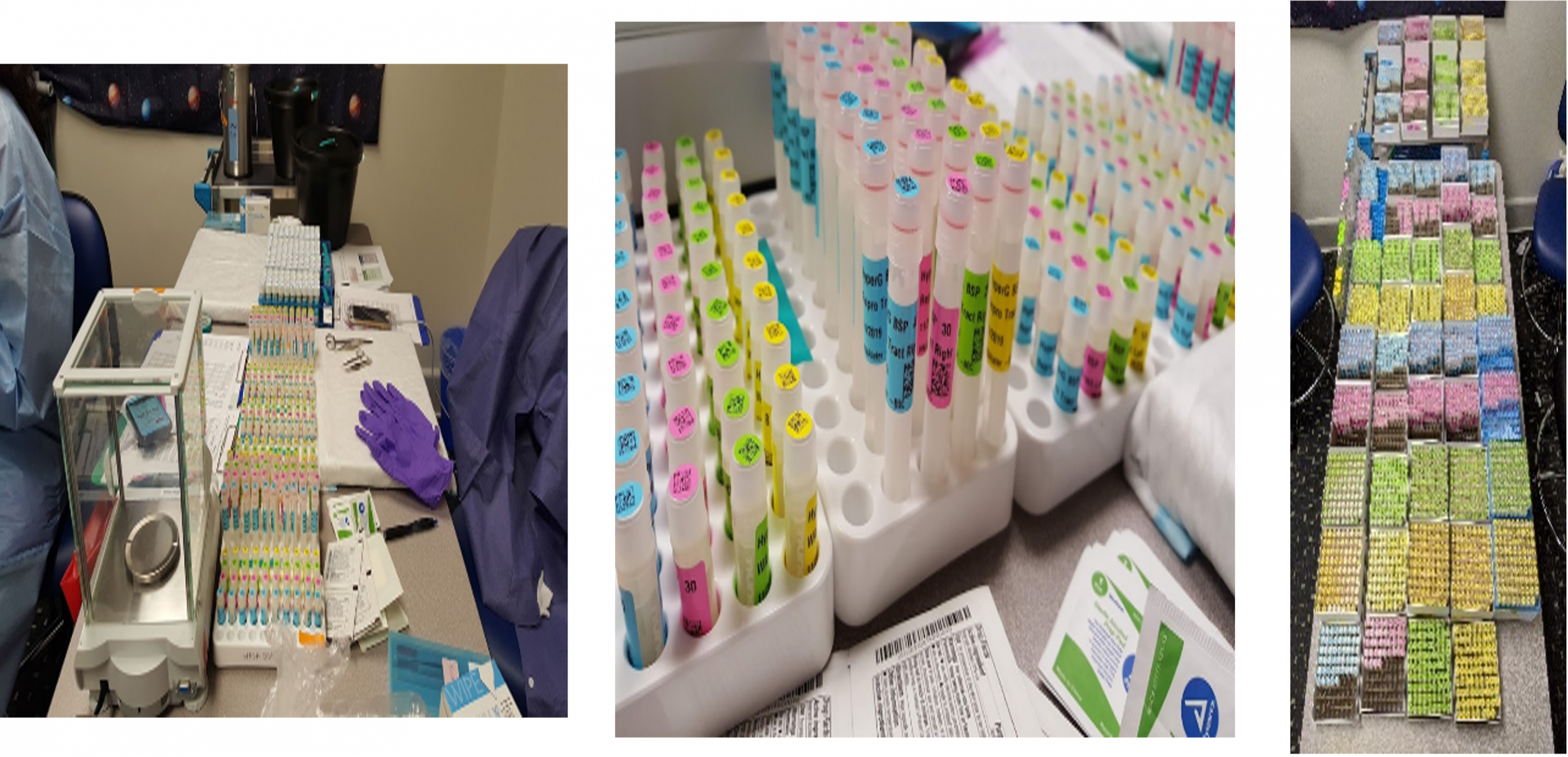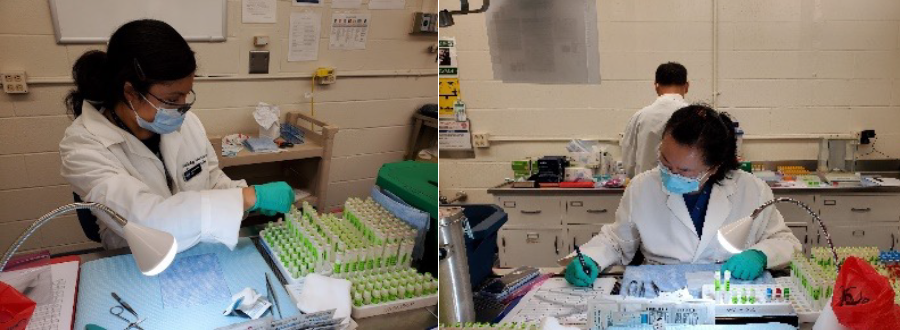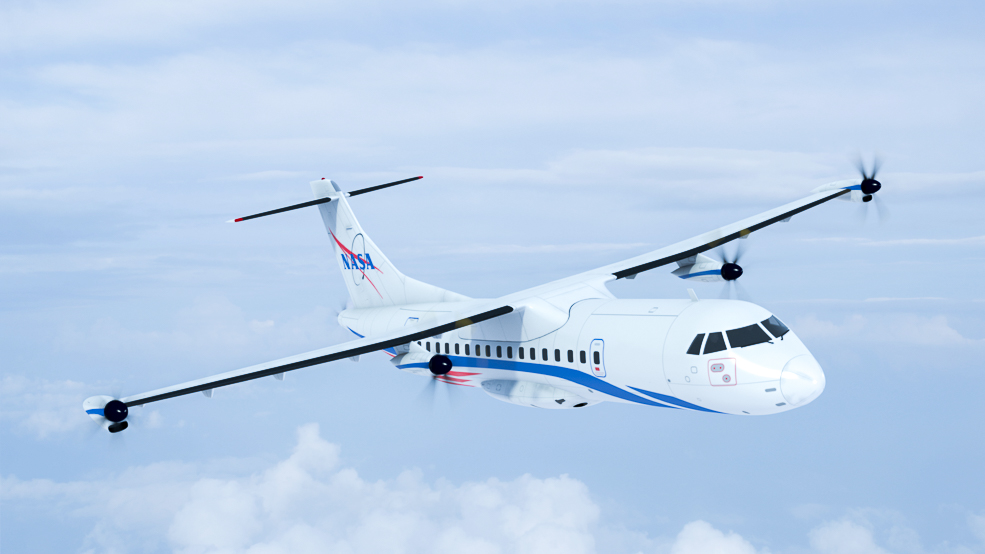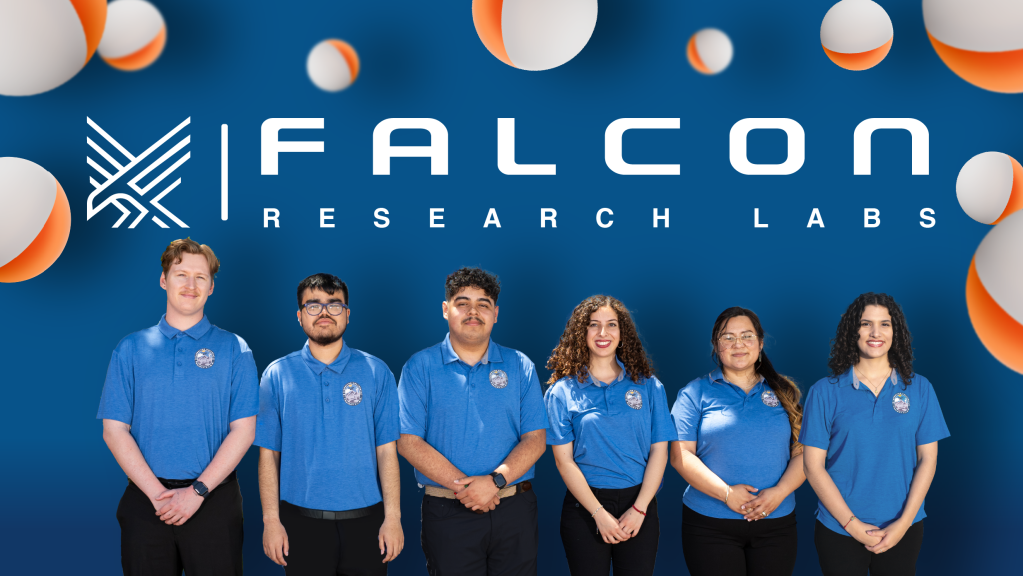About BSP
NASA Space Biology Biospecimen Sharing Program (BSP)
Vision
Share resources to promote scientific discovery.
Mission
The NASA Space Biology Biospecimen Sharing Program (BSP) collects biospecimens to maximize the scientific return from biological spaceflight and associated ground investigations and to encourage and broaden participation from the scientific community in space biology-related research.
Background and History
The BSP concept was initially pioneered during early US/USSR collaborations in the 1960s on uncrewed Russian COSMOS flights. During that time, small teams of dissectors worked in field laboratories at the landing sites to collect samples for analysis by investigators. The establishment of a formal BSP began with Spacelab-3, which launched in 1985 from the Kennedy Space Center on the Shuttle Transportation System (STS-51B). The present effort builds upon more than 50 years of highly successful NASA collaborative life science investigations; a proven track record for maximizing utilization of unique biological specimens. Based out of the NASA Ames Research Center (ARC) in Silicon Valley, the BSP team strives to meet the highest standards for research animal care and welfare and serves to collect high-quality biospecimens to increase the scientific return of a limited and valuable resource. Biospecimens are collected by trained personnel in accordance with the principles and guidelines presented in the Guide for the Care and Use of Laboratory Animals 8th edition (National Research Council, 2011) and the Care and Use of Animals NASA Procedural Requirements (NPR 8910.1D).

(Left) Scientists working at the Russian Institute for Biomedical Problems in Moscow following the landing of the uncrewed Bion M-1 satellite (May 2013). Biospecimens from the 30-day spaceflight mission were collected, preserved, and shipped to US investigators’ institutions. (Right) Stations for sample collection for the Rodent Research-7 mission (Jan/Feb 2019) performed at Northwestern University. The scheduled dissections were executed by both the BSP team and the primary investigator teams, where the predetermined tissues were collected by their respective groups.
BSP Today
Staffed by experienced and knowledgeable personnel, the BSP team develops and adheres to a process flow consisting of planning and coordinating activities, dissection of the biospecimens, and distribution of tissues.

Planning
During the planning stage, approximately eight months before the scheduled dissection, the BSP team reviews the experimental study, assesses feasibility, and initiates discussions with the primary investigator(s) to identify tissues available for BSP collection. A BSP tissue list and dissection flow are two of the first products developed by the BSP team, allowing the team to plan and coordinate upcoming activities and the necessary support for a smooth dissection. The BSP team maintains compliance with required laboratory training (NASA and site-specific as applicable) throughout the process flow, performs practice dissections, and coordinates staffing travel and backup support. Ongoing discussions with the primary and collaborative investigators in the months leading up to the dissections are crucial to planning a successful tissue collection, and for a seamless and professional customer experience.
Dissection
As the dissection date approaches, additional documents are generated including a shipping matrix which captures all equipment/materials required to collect, preserve, store, and ship the biospecimens back to ARC (if the dissections are not held at ARC), as well as preparation checklists and data collection sheets. Data collection sheets are completed by the BSP team during the dissections and are a critical component in creating the Metadata file, which provides in-depth details of the collected biospecimens, preservation methods, and notes of interest.

(Left and Center) Tubes are labeled with tissue type for collection and fixative/preservative in advance of scheduled dissections and shipped to the dissection site. Fixative/preservative is added to the tubes before the dissections. (Right) The image shows the representation of the number of biospecimens collected from a single BSP mission.

A three-station layout for streamlined flow and execution of dissection activities.
Distribution
After dissection, the BSP team submits any BSP-collected biospecimens and associated Metadata to NASA Biological Institutional Scientific Collection (NBISC). The biospecimens and their relevant information can be searched and are made available for distribution to the public by request through the Life Sciences Data Archive. These groups ensure that data and biospecimens are preserved and accessible for re-use by the science community. To learn more about NBISC and how to request these biospecimens, please visit:
https://www.nasa.gov/osdr-about-nbisc/
































